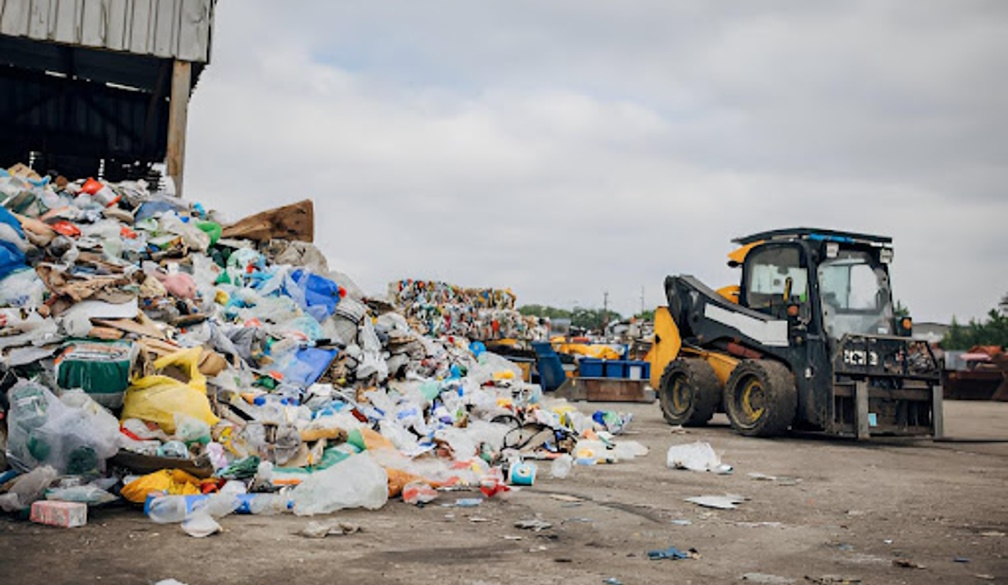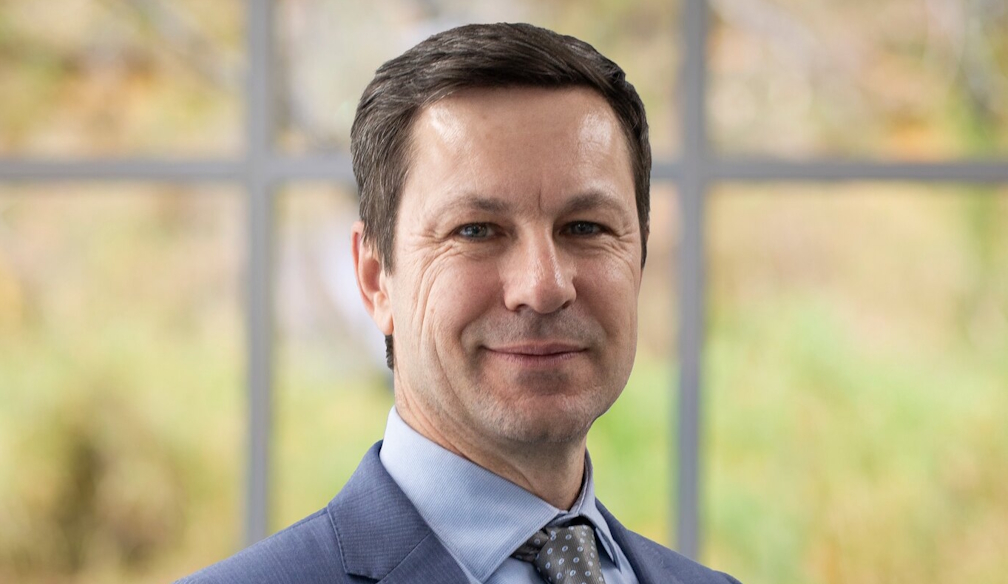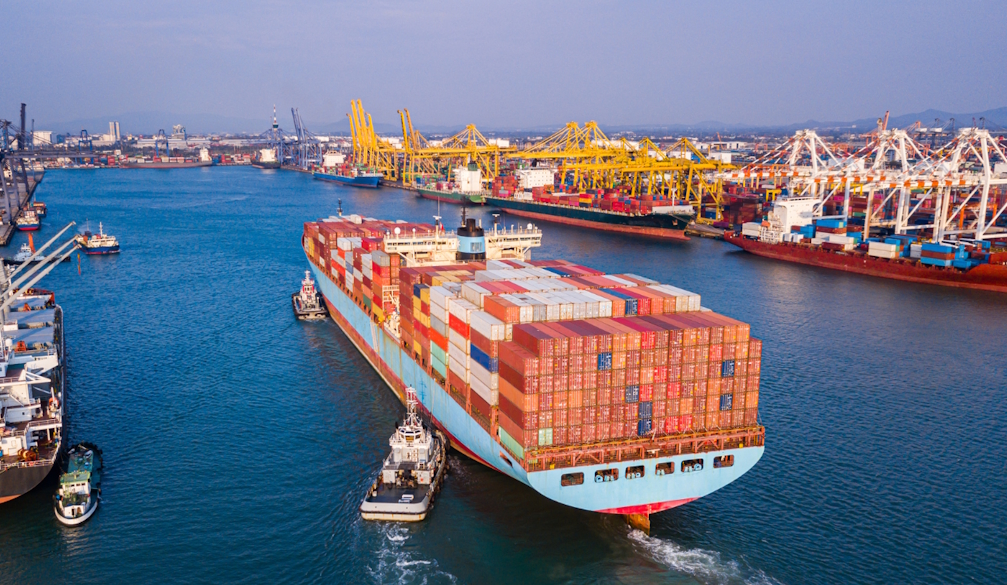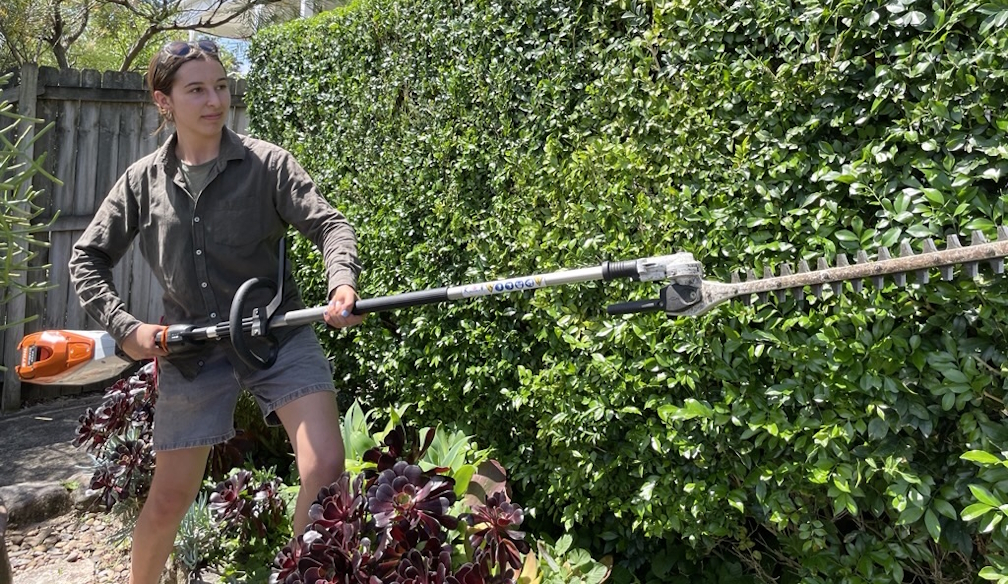Choosing the Right Waste Facility Software for Your Business in Australia
- Written by The Times

Running a waste facility without proper software is like navigating a ship without instruments. This is why waste facility software has become vital for Australian recycling and disposal facilities that need to track materials, manage weighbridge data, and stay compliant with regulations.
To ensure your operation stays on course, you'll need to understand what your facility actually needs. Are you managing a single transfer station or overseeing multiple sites? Do you need real-time tracking of material movement? These questions will guide you toward the right waste facility software that matches your operational requirements rather than leaving you with expensive features you'll never use.
Cloud technology has changed the game for waste management. Instead of maintaining costly servers and dealing with IT headaches, cloud-based systems let you access your data anywhere, anytime. For businesses running multiple sites, this means they can check operations across all your facilities with just a few clicks. This level of accessibility proves particularly valuable during peak operating hours when quick decisions matter most.
One non-negotiable feature is mass balance reporting, which has been mandatory in Australia since July 2021. Your software needs to track every kilogram of material entering and leaving your facility, including what goes to other recovery centres or landfills. Getting this wrong isn't just annoying - it could land you in hot water with regulators and result in hefty fines.
Think about how the software will work with your existing systems. Can it talk to your accounting software? Will it play nice with your weighbridge hardware? The right system should handle everything from automatic ticket printing to SMS alerts when vehicles are overweight, cutting down on manual work and human stuff-ups. This integration capability often determines how smoothly your facility runs day-to-day.
These financial integrations also play a critical role when it comes to valuing a business in Australia—especially in the waste management sector, where regulatory compliance, asset tracking, and operational efficiency directly impact a company's market value and growth potential.
Data is gold in this industry, and waste facility software should help you mine it effectively. Look for systems with clear, customisable dashboards that show you exactly what's happening in your facility. The software isn't doing its job if you can't easily spot trends or identify problems. Regular reporting and analytics tools should offer insights that help you make smarter operational decisions.
Chain of Responsibility (CoR) compliance isn't optional either. Good software helps you stay on the right side of the law by checking vehicle weights and keeping proper records. It's like having a compliance officer working 24/7. With automated weight verification against permitted limits, you'll significantly reduce the risk of overloaded vehicles leaving your facility.
The software should also offer robust security features to protect sensitive data. Look for systems that provide user-level access controls, secure data encryption, and regular backup options to ensure your operational data stays safe but accessible to authorised personnel.
Modern waste facility software has become the backbone of efficient operations, helping facilities in the industry stay competitive and compliant. Take time to research different providers, request comprehensive demonstrations, and connect with industry peers about their experiences. Your ideal software solution is out there, ready to transform your facility into a model of operational excellence.















